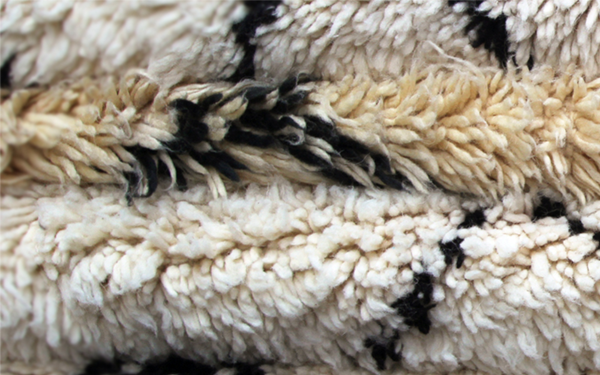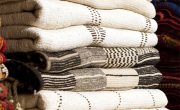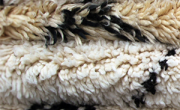Berber rugs are becoming more and more popular, to the point where even interior decorators are using them to create a gorgeous accent to the home. Luckily, a Moroccan Berber rug comes coupled with a rich history and an unmatched durability that keeps their popularity growing, and is a perfect addition to any room.
Where Are They From?
The weaving of these rugs dates back to 622, the Paleolithic Age. Berber tribes used them as a heavier bedding during the winter, and much lighter rugs in the summer, which was perfect for the climate of Morocco. The tradition of weaving these rugs has been passed down for generations, each mother teaching their daughter the intricate way to loop the wool, thereby incorporating their symbols and language into them. The elder generations were so good at weaving the rugs that they were able to incorporate color and additional symbols, giving them a place in religious centers, palaces, and smaller versions were used as prayer rugs.
The traditional Moroccan Berber rug was made from the wool of the sheep in the nearby Atlas mountains, which was cleaned and combed through to reveal it’s soft texture. This is why the rugs seem so minimalistic, usually black and white, with simple symbols adorning the rugs, all of which mean something.
What Are the Symbols?
The symbols and patterns on the rugs depict a variety of things, but commonly were used for protection from spirits, or telling the history of their tribe or their family. The rugs could take up to a year to make, and the changes from the beginning of the rug to the end tell a rich story. But what about the rugs that aren’t black and white?
The black and white rugs were made by Beni Ourain tribes in the East. However, looking at tribes in the South and even the tribes that live in the Atlas mountains, the weavings are slightly different. The loops may be smaller, and they usually depict a diamond design in an ebony and off-white ivory color. Over time, colors made their way into the rugs, setting them apart from other tribes. The different colors symbolize different things to the Moroccans including wisdom, peace, protection and eternity.
Why Are They So Popular Today?
Today, the rugs are used for decorative purposes and because of their authentic designs, and their popularity is increasing significantly thanks to the history of the rugs. Berber families still weave and sell these rugs as a source of income. The benefits of having Berber rugs as opposed to anything else is that they are highly durable thanks to the significant looping that weaving them entails, and the olefin fibers they contain.
They’re ideal for schools, offices, or anywhere else that has a high volume of traffic. They are durable enough to be cleaned, as long as it is done by a professional, and they’re also used for their intricate designs at home, where walking on them all the time won’t harm them for a long while. Signs of weathering will show eventually, and it’s recommended to get them cleaned every 6 to 12 months depending on how often the rug is used.
The minimalistic look of black and white offered matches with any home decor, and some of the colored rugs will provide a splash of color to an otherwise dull room. It also has an excellent reputation of being less expensive than most rugs, and they are easier to clean stains out of. On the other hand, the rugs that have many designs on them or have bright colors are good at hiding stains as well if they don’t come out.








